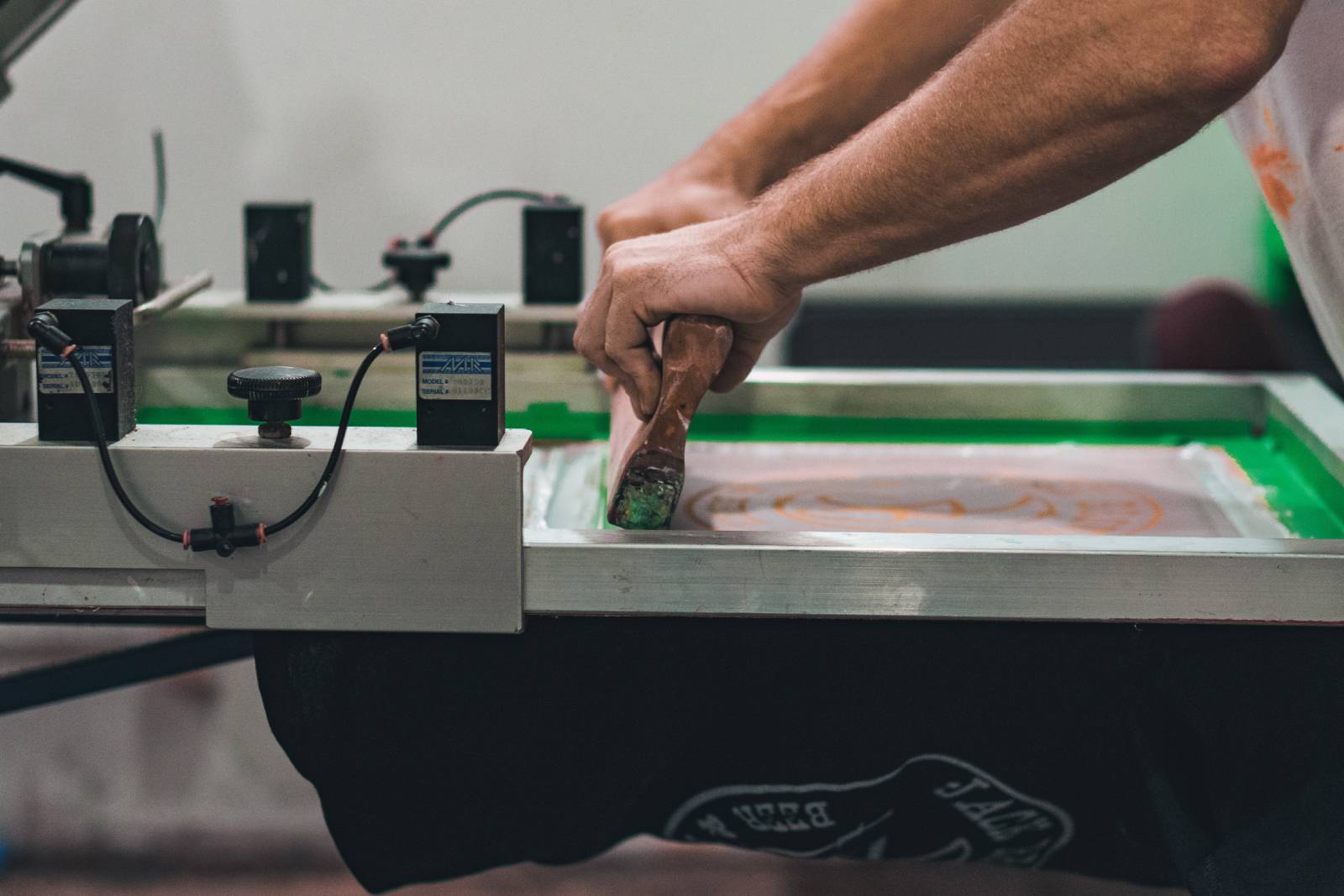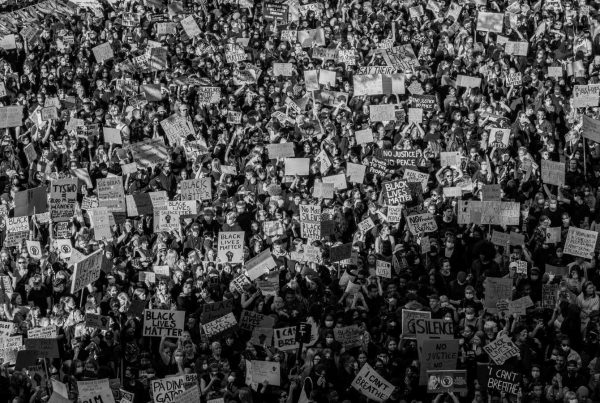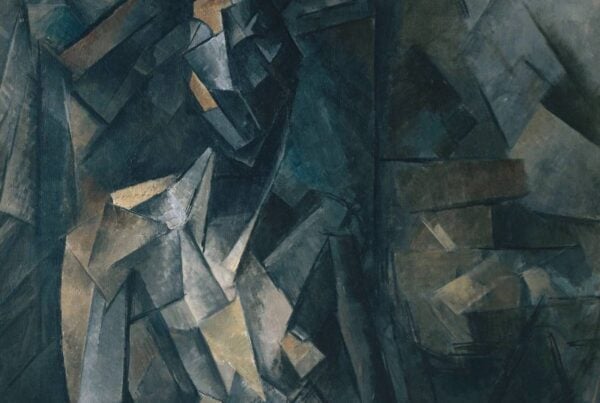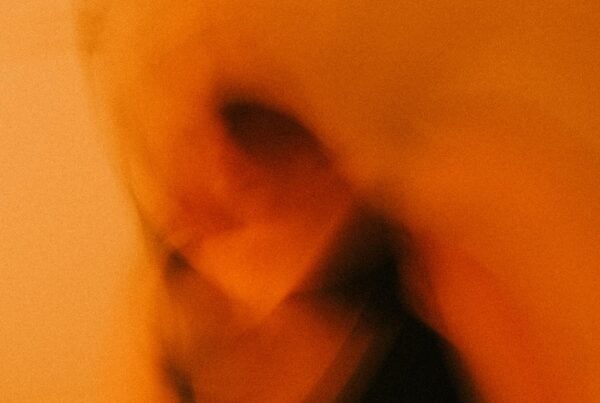Screen printing, also known as silk-screening, is a versatile printmaking technique that utilises mesh to transfer ink onto a substrate, except in areas blocked by a stencil. Pioneered in the early 20th century, this practice has been leveraged by a multitude of artists over the years, creating unique styles that characterise their body of work.
In this article, we explore some of the most influential screen printing artists who have left indelible marks on the art world and their contribution to the evolution of this technique.
Table of Contents
1. Andy Warhol
Biography
Andy Warhol (1928–1987), widely recognised as a leader of the Pop Art movement, was an American artist, director, and producer. Born in Pittsburgh, Pennsylvania, he studied commercial art at the Carnegie Institute of Technology before moving to New York in 1949. Warhol gained fame through his exploration of popular culture, celebrity, and advertising.
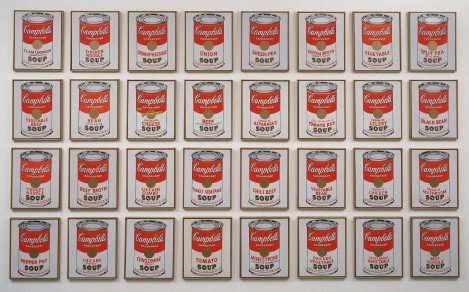
Campbell’s Soup Cans by Andy Warhol, 1962
Screen Printing Contributions and Style
Andy Warhol is synonymous with the use of screen printing in fine art. His foray into this technique came around in the 1960s when he started creating reproductions of common items and celebrity portraits, mirroring the industrial production and consumer culture. The vibrant, repetitive prints of Marilyn Monroe, Elvis Presley, Campbell’s Soup Cans, and Coca-Cola bottles reflect his style – bold, recognisable and provocative. Artists inspired by Warhol’s approach can start experimenting with a screen printing kit to create their own bold, multi-layered prints.
2. Roy Lichtenstein
Biography
Born in 1923 in Manhattan, New York, Roy Lichtenstein was an American pop artist who became a leading figure in the new art movement. His work defined the basic premise of pop art better than any other through the parody.
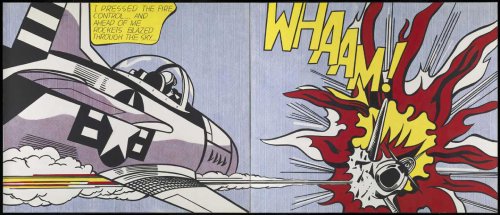
Whaam! by Roy Lichtenstein, 1963
Screen Printing Contributions and Style
Lichtenstein’s distinctive style featured the use of comic strip-inspired imagery and the replication of the mechanical printer’s Ben-Day dots. His iconic works such as “Whaam!” and “Drowning Girl” are both a tribute and a critique of the comic strip as a communicative medium. His technique was both an homage to and a satire of the mass-produced society of his time.
3. Sister Mary Corita Kent
Biography
Corita Kent (1918–1986), also known as Sister Mary Corita, was an American Roman Catholic religious sister, artist, and educator. Born in Fort Dodge, Iowa, she gained recognition for her innovative work as head of the art department at Immaculate Heart College in Los Angeles during the 1960s.
Screen Printing Contributions and Style
Sister Corita Kent used screen printing as a form of social commentary. Her vibrant works often contained texts from various sources including Bible verses, poetry and slogans from contemporary advertising. She is known for her eclectic style that combines spiritual and secular themes with vivid colour palettes.
4. Shepard Fairey
Biography
Shepard Fairey, born in 1970, is an American contemporary street artist, graphic designer, activist, and illustrator. Born in Charleston, South Carolina, he first became known for his “Andre the Giant Has a Posse” sticker campaign while attending the Rhode Island School of Design.
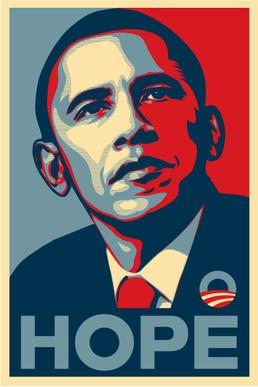
Hope by Shepard Fairey, 2008
Screen Printing Contributions and Style
Fairey’s work blends elements of graffiti, pop art, business art, and Marxist theory. His most renowned piece is the “HOPE” poster for Barack Obama’s 2008 presidential campaign, which demonstrates his signature style – impactful, political and propagandist.
5. Robert Rauschenberg
Biography
Born in 1925 in Texas, Robert Rauschenberg was an American painter and graphic artist known for his works in the field of Pop Art. His contribution to the world of art is significant, often blurring the line between art and everyday life.
Screen Printing Contributions and Style
Rauschenberg employed the screen printing technique in his innovative “combines,” which were a blend of painting, sculpture, and found objects. These creations presented a direct snapshot of contemporary society. His style is marked by the use of everyday imagery and materials, blurring the boundary between art and life.
6. Eduardo Paolozzi
Biography
Born in 1924, Sir Eduardo Luigi Paolozzi was a Scottish sculptor and artist, often regarded as one of the pioneers of pop art in the UK. He is well-known for his mosaic pattern designs that adorned Tottenham Court Road tube station in London.
Screen Printing Contributions and Style
Paolozzi used screen printing as a tool to explore his fascination with popular culture. He incorporated images from American magazines into his screen prints, producing a collage-like effect that’s striking and vibrant. His style is characterised by the juxtaposition of images and themes, offering a kaleidoscopic view of contemporary life.
7. Banksy
Biography
Banksy is an anonymous England-based street artist, political activist, and film director. Emerging in the late 1990s, his satirical street art and subversive epigrams combine dark humour with graffiti executed in a distinctive stenciling technique.
Screen Printing Contributions and Style
While not traditionally known for screen printing, Banksy’s stenciling technique shares a conceptual similarity with the process. He often uses his artwork to provide social commentary, incorporating elements of irony and satire. Banksy’s style is distinctive, featuring monochromatic images often highlighted with splashes of colour and infused with profound messages.
8. Bruce Nauman
Biography
Born in 1941 in Indiana, Bruce Nauman is an American artist known for his work in various mediums, including sculpture, photography, neon, video, and performance. He is considered among the most influential artists of his generation.
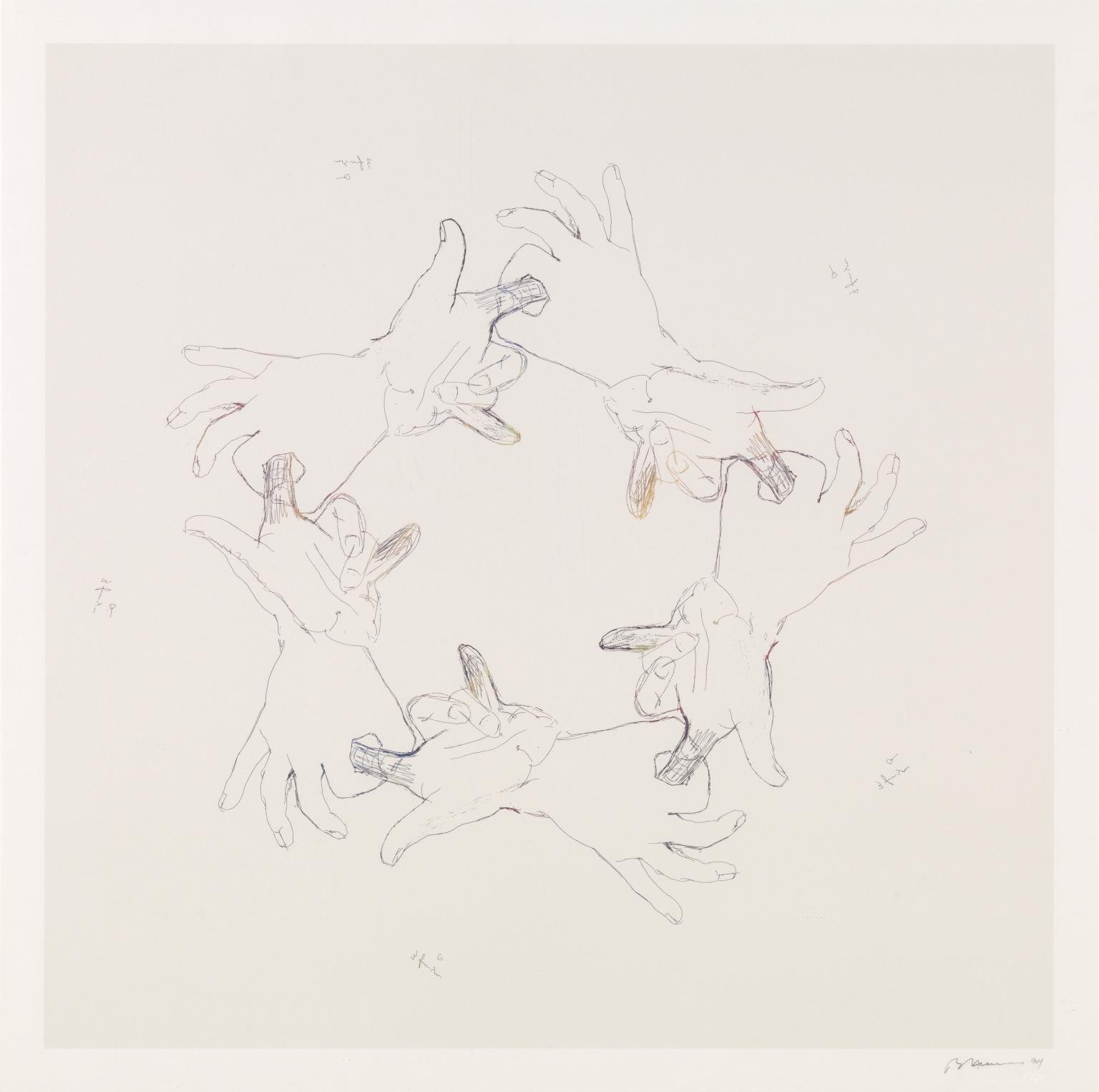
Untitled by Bruce Nauman, 1994
Screen Printing Contributions and Style
Nauman’s use of screen printing often served as an extension of his conceptual art. He employed text and stark imagery in his prints, often presenting a disconcerting view of human nature and societal norms. His style is marked by a minimalist aesthetic, underlined by a strong philosophical and psychological exploration.
Comparison of Artists and Their Styles
Below is a comparative table of the artists and their distinctive styles:
| Artist | Style |
|---|---|
| Andy Warhol | Bold, recognisable, provocative, mirroring consumer culture. |
| Roy Lichtenstein | Comic strip-inspired, replication of the mechanical printer’s Ben-Day dots, both homage to and satire of mass-produced society. |
| Sister Mary Corita Kent | Vibrant, text-heavy, combining spiritual and secular themes. |
| Shepard Fairey | Impactful, political, propagandist, blending elements of graffiti and pop art. |
| Robert Rauschenberg | Everyday imagery, blurred boundary between art and life, combines painting, sculpture, and found objects. |
| Eduardo Paolozzi | Juxtaposition of images and themes, collage-like effect, exploration of popular culture. |
| Banksy | Dark humour, satire, social commentary, distinctive stenciling technique. |
| Bruce Nauman | Minimalist, strong philosophical and psychological exploration, stark imagery, use of text. |
Conclusion
The evolution of screen printing in the art world is deeply intertwined with the innovative contributions of these noteworthy artists. Each of them used this medium in distinctive ways, shaping the narrative of their era and embedding their style in the realm of screen printing. As we delve deeper into the world of art, the contributions of these remarkable individuals serve as reminders of the transformative power of creativity and imagination.
Nowadays, these screen printing artists classic works and styles are being utilised and innovated by modern people, not only to create new art forms but also to integrate them into everyday life. They can be added to clothing like Custom Shirts or accessories to become new fashion or art pieces.




